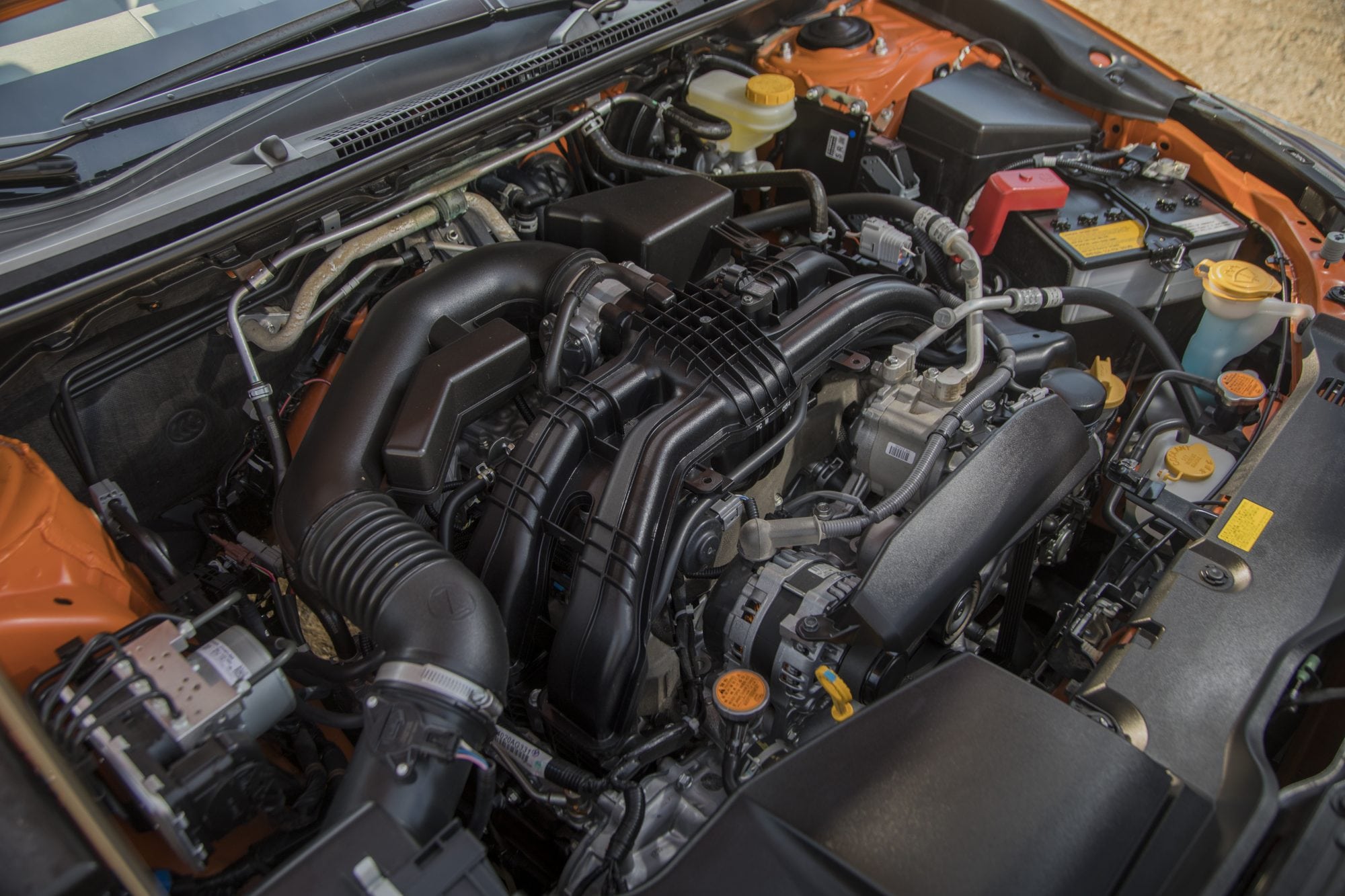Summertime is here, and that means temperatures are climbing. Thanks to climate change, the mercury in your thermometer is reaching higher than ever, which means cars are at high risk of overheating this summer. If you’re worried about becoming part of this growing statistic, what can you do to keep your daily driver from getting too hot?
1. Clean Your Radiator
You don’t normally think of your radiator as something you need to clean, but to cool your engine, air needs to be able to flow through the metal fins. If your radiator is obstructed with dirt, leaves, dead insect or other debris, it can’t do its job. Once the temperature starts to climb, your car will overheat.
Take the time to clean your radiator off the next time you wash your car. Be gentle — you don’t want to damage the metal fins — but get as much dirt and debris off the surface as possible.
2. Check Your Belts
Take a look at the belt or belts under your hood. These lengths of rubber can give you hints that there might be a problem before it starts to affect your car’s performance. With the engine off, inspect the length of the belt for uneven wear or other signs of damage. With the motor running, look at each pulley and make sure it’s spinning. If something has seized up — especially your water pump pulley — it could cause your engine to overheat. If the belt wears out and breaks while you’re driving, the water pump can’t spin so it won’t help cool your engine.
Check your belts before the weather gets hot. You could save yourself a lot of hassle in the long run.
3. Refresh Your Coolant
Coolant doesn’t just keep your engine from freezing in cold weather. It needs to have the proper balance between coolant and water to remain at a healthy operating temperature. If you’ve been topping off your radiator with water, chances are high that the balance is off and you’ll need to refresh your coolant.
If you have somewhere to work and a way to capture the old coolant, this is something you can do at home. All you need to do is drain the radiator, flush it and then refill with a 50/50 water/coolant mixture. If you’re driving in an area that’s going to see extreme heat this year, consider adding a super coolant to the mixture. This additive can help your engine run 8-10 degrees cooler if you’re using a 50/50 mix. It might not sound like much, but if you’re living somewhere that sees a heat index in the 120s every day, an extra 10 degrees can make all the difference.
4. Inspect Your Radiator Cap
You might not think about your radiator cap much, but if you haven’t replaced it in a while, it could be contributing to your engine overheating problem. Radiator caps are spring-loaded, which lets them release pressure from the cooling system as necessary. If that spring goes bad or the seal is leaking, the engine will overheat because of the lack of pressure.
Pull off your radiator cap while the engine is cool and take a close look at it. If the seal looks cracked or dry-rotted, or the spring doesn’t bounce back when pressed, it might be time to replace the cap. For the love of whatever you deem holy, do not try to remove your radiator cap while the engine is hot. It will release steam, and you will end up with some nasty burns if you don’t know what you’re doing.
Stay Cool This Summer
Whether you’re driving to the beach or just heading to work, make sure you’re staying cool this summer. Take the time to clean your radiator and inspect your belts and radiator cap before the temperature starts climbing. If you’ve been topping off your coolant with water, it’s time for a flush and fill. These steps will help keep your car in top condition when the temperatures rise.










